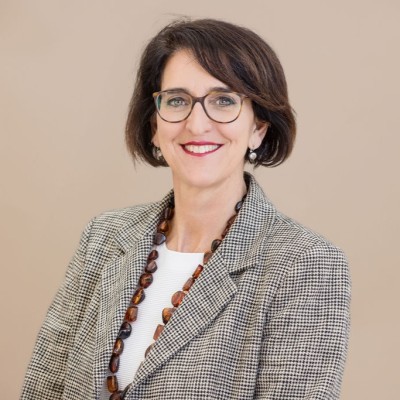- Video Library
- Marina Izzo, EBAMed - Treating Arrhythmias Using Radiotherapy | LSI USA '24
Marina Izzo, EBAMed - Treating Arrhythmias Using Radiotherapy | LSI USA '24

Marina Izzo
Creative healthcare executive experienced in leading global teams to outstanding results (smaller and large organisations). Solid business acumen and granular market knowledge. Expertise in market development, marketing (both strategic and operational) and sales (direct and indirect sales channel). Strong life science network (Academia and Industry). Ability to add value in matrix and multi-cultural environment. Multilingual.
Marina Izzo
Creative healthcare executive experienced in leading global teams to outstanding results (smaller and large organisations). Solid business acumen and granular market knowledge. Expertise in market development, marketing (both strategic and operational) and sales (direct and indirect sales channel). Strong life science network (Academia and Industry). Ability to add value in matrix and multi-cultural environment. Multilingual.

17011 Beach Blvd, Suite 500 Huntington Beach, CA 92647
714-847-3540© 2025 Life Science Intelligence, Inc., All Rights Reserved. | Privacy Policy







